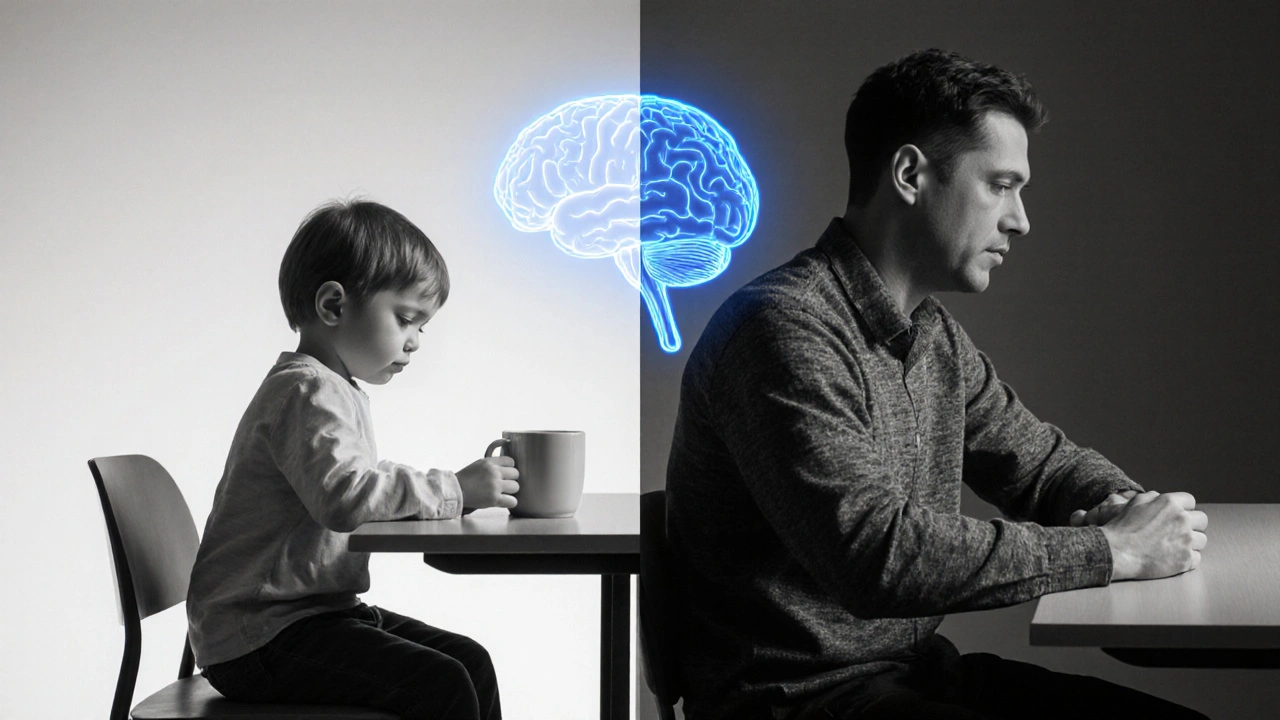ADHD Treatment: Effective Options & Practical Tips
When talking about ADHD treatment, a set of medical and behavioral approaches used to manage the symptoms of attention‑deficit/hyperactivity disorder. Also known as Attention‑Deficit/Hyperactivity Disorder therapy, it aims to improve focus, reduce impulsivity, and support daily functioning. Stimulant medication, the most common pharmacopeia, works by boosting dopamine and norepinephrine activity in the brain, directly addressing core symptoms. Behavioral therapy offers structured strategies—like parent training, classroom interventions, and cognitive‑behavioral techniques—that teach coping skills alongside medication. Non‑stimulant medication provides alternatives for those who experience side‑effects or have contraindications, targeting the same neurotransmitter pathways via different mechanisms. Together, these approaches form a layered model: ADHD treatment encompasses medication management, while behavioral therapy supports medication effects, and comorbid conditions such as anxiety or sleep disturbances influence overall outcomes.
Key Components of ADHD Treatment
Stimulant medication, including methylphenidate and amphetamine‑based drugs, remains the first‑line choice for many patients because it delivers rapid symptom relief. Dosage is titrated carefully, often starting low and increasing until optimal response with manageable side‑effects, such as appetite loss or mild insomnia. When stimulants aren’t suitable, non‑stimulant options like atomoxetine or guanfacine step in, offering steady improvement without the same risk of appetite suppression. In both cases, regular monitoring—blood pressure checks, weight tracking, and symptom rating scales—ensures safety and effectiveness. Importantly, medication alone rarely solves the whole puzzle; combining it with behavioral therapy creates synergy, helping individuals develop organizational habits, time‑management skills, and emotional regulation techniques that medication can’t teach.
Behavioral therapy, whether delivered in schools, clinics, or at home, targets the environmental triggers that exacerbate ADHD symptoms. Strategies include clear routines, visual schedules, positive reinforcement, and breaking tasks into manageable chunks. For adults, coaching on workplace accommodations and executive‑function training proves valuable. Lifestyle factors also weave into the treatment tapestry: regular physical activity boosts dopamine, balanced nutrition stabilizes energy, and consistent sleep hygiene reduces daytime hyperactivity. When a person also deals with anxiety, depression, or learning disorders, those comorbidities shape medication choice and therapeutic emphasis, making a personalized plan essential. The collection of articles below reflects this breadth—offering deep dives into medication tapering, alternative therapies, and real‑world tips for caregivers—so you can build a well‑rounded, evidence‑based approach to managing ADHD.
ADHD Explained: Symptoms, Causes & Treatment Options
- Laura Ledas
- Jul, 14 2025
A clear, friendly guide to ADHD covering symptoms, causes, diagnosis, and treatment options for both kids and adults.
Learn More